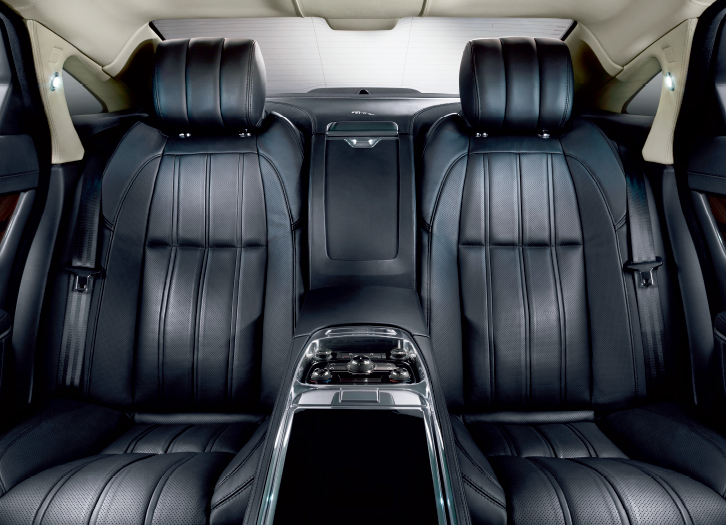In the automobile industry, leather stands out. It conveys comfort, beauty, exclusiveness. It means luxury. Its uses is not limited to upholstery: one can find details such as leather steering wheels, leather shift sticks, and leather lining. This is why automotive leather has stricter technology standards and characteristics when it comes to quality, resistance, humidity and elasticity – it must, for example, not be flammable, be waterproof, and have a high humidity rate, because of its long exposure to sunlight.
In Brazil, it is the evolution of these technologies and standardization of suppliers that have contributed the most for the success of leather utilization in cars, as assured by Steven Miller from England, former manager of the automotive section of Brazilian group JBS, largest tannery and worldwide producer of raw leather material for cars. “Since the 90s, when, finally , the TS6939 norm, which defined the parameters to be followed by industries, was created”, recalls Miller.
As recently as 2007, over 60% of the leather exported from Brazil to its main purchasers – China, Italy, and the USA – was headed for the upholstery and automotive sectors. And, starting this year, the ratio will increase. The European community is reviewing the standard which defines the minimum leather quality to be employed in car upholstery so that it can bear an approval seal. From an average of 40%, “this norm will increase our participation to, at least, 80%”, revealed world automobile business director of Stahl, Mike Tomkin, in a lecture made during the World Leather Congress in Rio de Janeiro, 2011. With increasing investment in new technologies, technical education and an array of companies certified by the assemblers, Brazil is on the avant-garde for this new moment.
Image courtesy of Eurobike / www.eurobike.com.br










